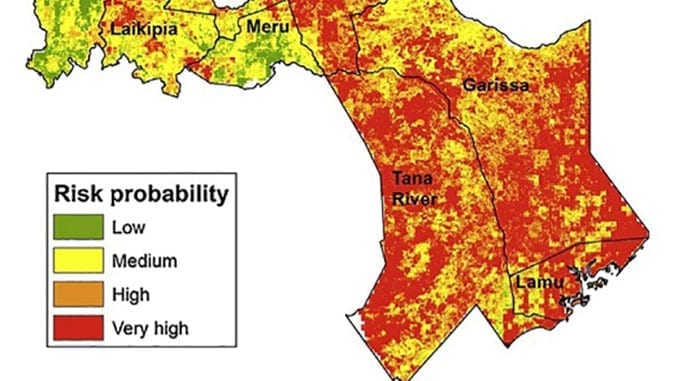
Research on the mosquito-borne Rift Valley fever in east Africa and the Arabian Peninsula shows that current surveillance systems are unable to detect the virus in livestock before it spreads to humans. A coherent policy is needed to combat the viral disease, which has the potential to spread to previously unaffected areas, according to studies at Umeå University.
Researchers found that knowledge, attitudes and practices around Rift Valley fever (RVF) varied in local communities in affected countries. There were also no existing connections between many affected areas and authorities that could have limited the impact of RVF outbreaks.
“To confront Rift Valley fever outbreaks we need a policy that better incorporates the local communities, ecological factors and human interactions with livestock and the environment,” says Osama Ahmed Hassan, doctoral student at the Umeå University Department of Clinical Microbiology, Unit of Virology and the Department of Public Health and Clinical Medicine, Unit of Epidemiology and Global Health.
RVF is a viral infection that spreads by mosquitoes and causes mass abortions and death in livestock. The RVF virus can also cause a potentially deadly haemorrhagic fever in humans, for which there are no available treatments or vaccines.
Osama Ahmed Hassan and his research colleagues at Umeå University found that the ecology of the affected countries in east Africa is conducive for mosquitoes, livestock and human interaction. The researchers at Umeå University and International Centre of Insect Physiology and Ecology in Nairobi, Kenya, have developed RVF risk maps on a sub-regional scale that can be used in efforts to manage future RVF outbreaks.
Frequent outbreaks of Rift Valley fever occur in Africa and on the Arabian Peninsula. At the moment there is an ongoing outbreak in West Africa. There have also been imported Rift Valley fever cases reported in Europe and China, which points to the threat and likelihood of a global expansion of the mosquito-borne viral disease.
“Our research shows that the best way to combat Rift Valley fever outbreaks is with the so called ‘One Health’ approach. By this we mean strategies to combat the disease that incorporates knowledge about RVF virus in environment, animals and local communities and also consider socio-cultural and behavioral differences between communities,” says Osama Ahmed Hassan.
“Our research shows that the best way to combat Rift Valley fever outbreaks is with the so called “One Health” approach. By this we mean strategies to combat the disease that incorporate knowledge about RVF virus in environment, animals and local communities and also consider socio-cultural and behavioral differences between communities,” says Osama Ahmed Hassan.
Read more: Rift Valley fever: challenges and new insights for prevention and control using the “One Health” approach.



